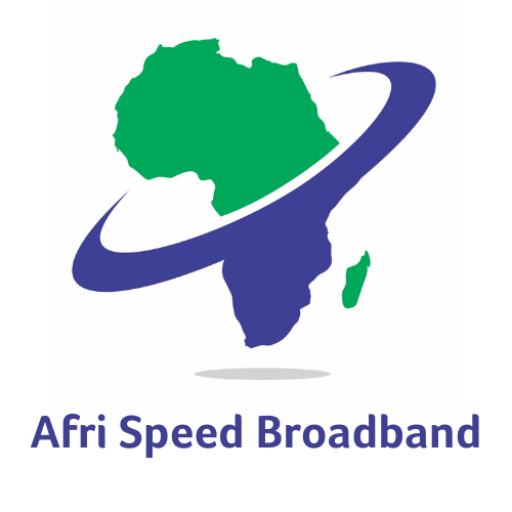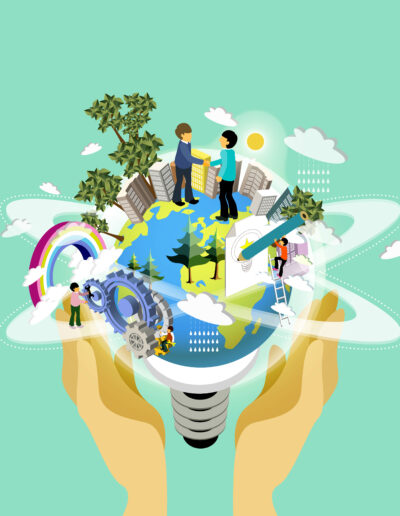In addition to the Economic benefits, societal benefits can also be defined, using the lens of the UN’s 17 Sustainable Development Goals.
As mentioned already in the Business Benefits Case study, 5G technology inherently creates the ability to become more environmentally sustainable through:
- Increases energy efficiency
-
- The 5G enabled devices are developed to have a longer battery usage and device lifespan than previous technology.
-
- Reduces carbon emissions
-
- The 5G network technology is said to reduce carbon emission in 10 years by 50%, through enhanced network equipment.
-
- Reduces pollution
The primary SDG Goals, as per a report produced by Qualcom, align directly to the benefits of 5G technology are as follows:
-
- SDG Goal 3 – Good Health and Well-being
- Real-time monitoring of health conditions, such as for blood pressure and blood glucose levels, accompanied by medication management, can improve the quality of life of those living with chronic diseases by quickly controlling the onset of their symptoms instead of forcing them to wait to see their doctors. This is 5G’s favourable impact on SDG’s Goal 3, good health and wellbeing.
- SDG Goal 4 – Quality Education
- Having 5G connectivity will provide students access to quality education online, globally;
- This will mitigate the gaps in access and quality of education to under-privileged communities;
- It will also provide innovative solutions around the delivery of education and curriculum it would introduce to the Education system.
- SDG Goal 3 – Good Health and Well-being

- SDG Goal 6 – Clean water and sanitation
-
- IoT further enhanced and enabled by 5G, will allow for real-time monitoring of the quality of water supplied on the network;
- It will also be able to monitor the sanitation facilities at any given site, and further enabling distribution and access to these basic necessities.
-
- SDG Goal 8 – Decent work and Economic growth
-
- According to a study, IHS Markit, predicts that 5G mobile technology will enable a wide range of industries, thus producing up to $13.2 trillion worth of goods & services by 2035. They also estimated that 5G could support up to 22.3 million jobs;
- 5G, is also bound to create, new to market jobs and specific skills set required going forward. Thus, enabling even further the access to decent and relevant jobs and the need for continuous upskilling.
-
- SDG Goal 9 – Industry, Innovation and Infrastructure
-
- 5G offers various sectors and entrepreneurs to innovate their businesses and revolutionise their industries, thus contributing to this goal.
-
- SDG Goal 10 – Reduced inequalities
-
- As mentioned under SDG Goal 4, the access to quality education, will open opportunities to under-privileged communities in terms of jobs and therefore income;
- Access to quality education will also further contribute to this goal as mentioned under SDG Goal 3;
- It will also provide minority groups, in terms of gender, the opportunity to form part of the economy and reduce gender inequality as well.
-
- SDG Goal 11 – Sustainable cities and communities
-
- This goal can be advanced by utilising 5G to optimize resource use, including energy, water, and people’s time;
- Examples are in knowing where traffic is congested or needs to be managed in real time, where the nearest parking space or building access point is located, or
- where an accident has occurred and medical emergency personnel needs to be directed to the scene, are all examples of how 5G can save time or lives and build more resilient communities in the process;
- in the transportation and logistics industries, to lower greenhouse gas emissions through less idled traffic, better route management, optimization for more-efficient deliveries, as well as the ability to have vehicles (including autonomous vehicles) communicate with their surroundings—improving safety for both drivers, cyclists, and pedestrians—and better optimize public transportation to minimize unnecessary stops;
- These application and data management tool can be enabled through IoT applications, leveraging 5G infrastructure and connectivity.
-

